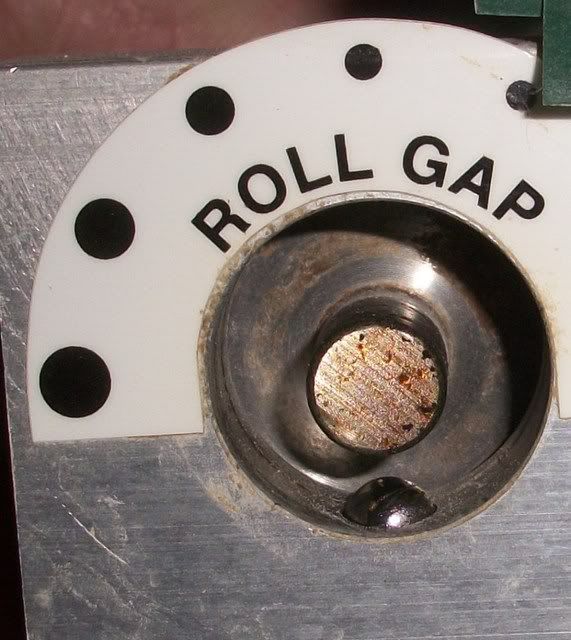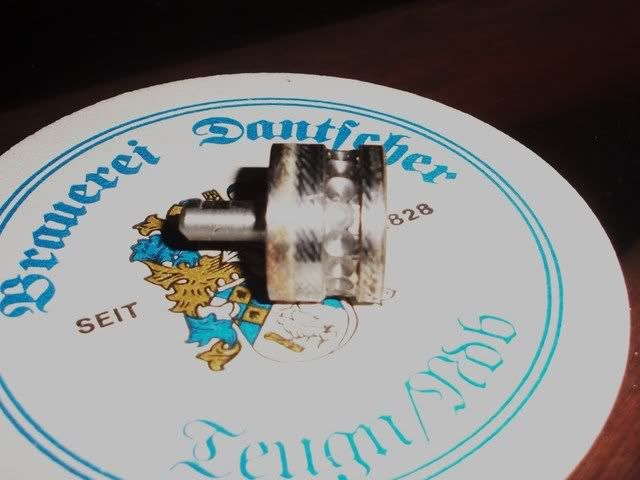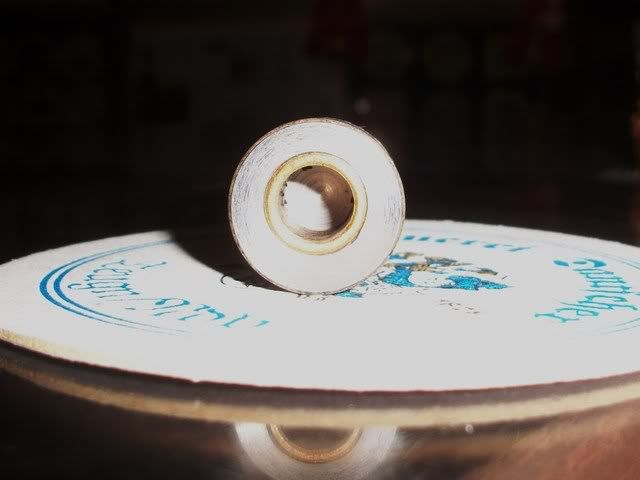mrfurlly
Well-Known Member
Figured since I havent been brewing much in this cold weather that Id make some stuff for the brewery! Im going to start off with a grain mill. Ive seen the stuff in the market today. By the looks of them and the reviews Ive read on this forum, they all seem to work great. But being a machinist with access to cnc machines it would be a shame for me to simply buy one of these when I can easily make my own. And I figure since Im making 1 I might as well make 10 :rockin: (or more!)
So heres a question to you guys, what would you change about your current mill? Does it really need to be ajustable? Does it need the 3rd roller? Should it be motorized? 4 inch or 14 inches ? Should the rollers be made from stainless steel or do they need to be hardend? What size hopper?
? Should the rollers be made from stainless steel or do they need to be hardend? What size hopper?
Let me know what you guys think.
So heres a question to you guys, what would you change about your current mill? Does it really need to be ajustable? Does it need the 3rd roller? Should it be motorized? 4 inch or 14 inches
Let me know what you guys think.






